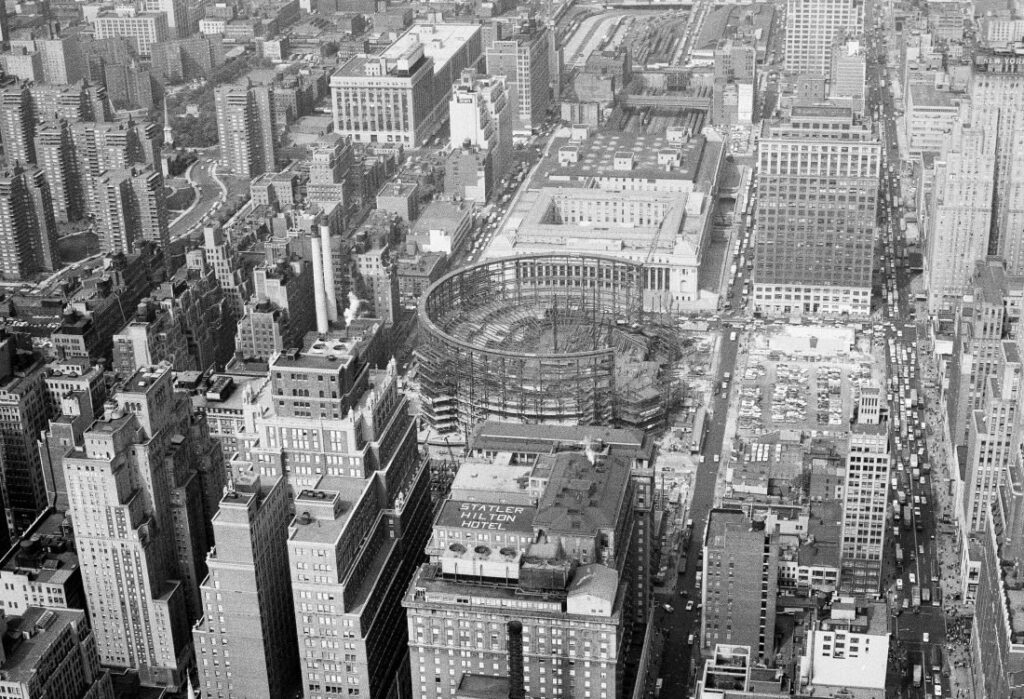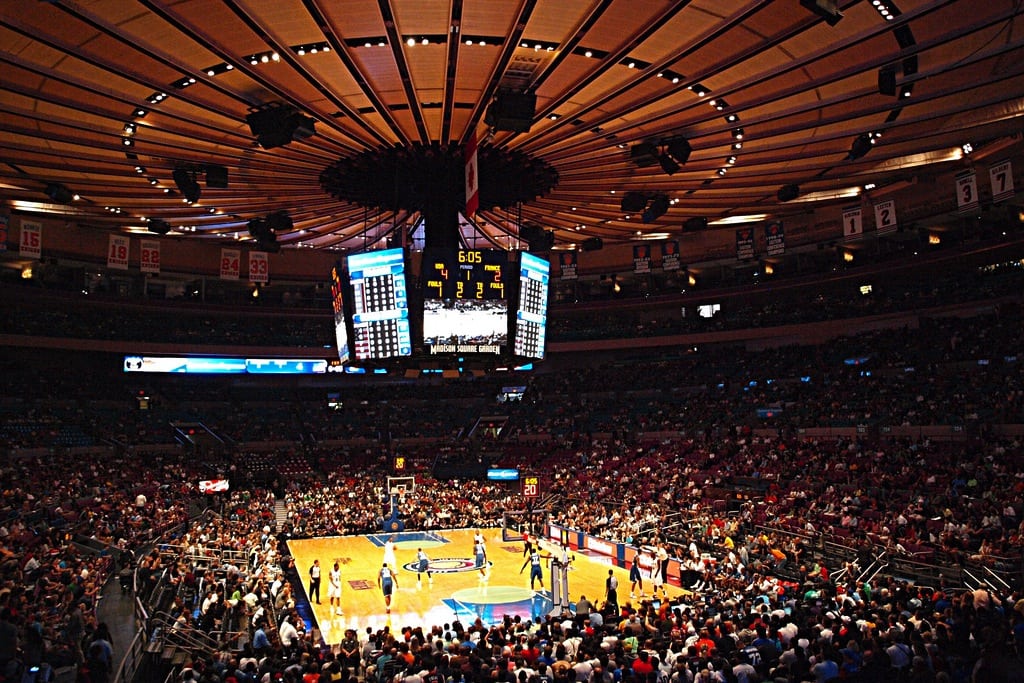Hey there, have you ever heard of Madison Square Garden? It’s an iconic venue that has been at the heart of New York City’s entertainment and sports scene for over a century. Madison Square Garden is a fascinating tale of evolution, adaptation, and cultural significance.
Introduction
Picture this: you’re standing in the middle of Manhattan, surrounded by towering skyscrapers and bustling city life. Amidst all the chaos, there’s one building that stands out – Madison Square Garden. It’s not just an arena; it’s a symbol of New York City’s resilience, passion, and creativity. Over the years, Madison Square Garden has undergone four transformations, each one leaving an indelible mark on the city’s history.

Madison Square Garden I (1879-1890)
Let’s start at the beginning. The first Madison Square Garden was built way back in 1879 on the corner of 26th Street and Madison Avenue. It was owned by a group of wealthy investors, including the famous showman P.T. Barnum. The arena was an open-air structure with no roof, which made it a bit challenging to host events during inclement weather. Despite its limitations, MSG I hosted some of the most exciting sporting events of the time, including boxing matches and cycling races.
Madison Square Garden II (1890-1925)
In 1890, the second Madison Square Garden rose from the ashes of its predecessor on the same site. This time, the arena was a magnificent architectural marvel, featuring a 32-story tower topped with a statue of Diana, the Roman goddess of the hunt. MSG II was home to some of the most significant events of the early 20th century, including the 1924 Democratic National Convention. However, financial struggles and changing times led to its demolition in 1925.
Madison Square Garden III (1925-1968)
The third iteration of Madison Square Garden was built in 1925 on Eighth Avenue between 49th and 50th Streets. It was the brainchild of Tex Rickard, a legendary boxing promoter who wanted to create the ultimate sports and entertainment venue. MSG III quickly became the home of the New York Rangers hockey team and the New York Knicks basketball team. It also hosted some of the most iconic boxing matches of all time, including the “Fight of the Century” between Joe Frazier and Muhammad Ali in 1971.
But MSG III wasn’t just about sports. It was also a hub of political and cultural events. In 1939, the arena hosted a controversial pro-Nazi rally that drew over 20,000 supporters. On a lighter note, in 1962, Marilyn Monroe famously sang “Happy Birthday” to President John F. Kennedy at MSG III.
Madison Square Garden IV (1968-present)
In 1968, the current Madison Square Garden opened its doors on top of Pennsylvania Station, between 7th and 8th Avenues from 31st to 33rd Street. The new arena was a modern marvel, with state-of-the-art facilities and a sleek, circular design. The grand opening was a star-studded affair, with performances by Bob Hope, Bing Crosby, and other celebrities.
Over the years, MSG IV has become synonymous with world-class sports and entertainment. It’s the home of the New York Rangers, New York Knicks, and St. John’s Red Storm basketball team. It has hosted countless iconic moments, from Willis Reed’s heroic return in Game 7 of the 1970 NBA Finals to Mark Messier’s guarantee of victory in Game 6 of the 1994 Eastern Conference Finals.
But MSG IV isn’t just about sports. It has also been the site of some of the most memorable concerts in history, including Elvis Presley’s sold-out shows in 1972, Led Zeppelin’s three-night stand in 1973, and Michael Jackson’s 30th Anniversary Celebration in 2001. The arena has also hosted the Grammy Awards, the MTV Video Music Awards, and even a papal mass by Pope John Paul II.
Of course, MSG IV hasn’t been without its challenges. In 1991, the arena underwent a $200 million renovation to modernize its facilities and add luxury suites. In 2011, a more extensive $1 billion renovation began, which included a complete overhaul of the arena’s interior and the addition of new amenities like widened concourses and improved sightlines.
The renovation also sparked controversy over MSG’s tax exemption status and its relationship with Penn Station. Some critics argued that the arena should be relocated to allow for the expansion and modernization of the transit hub. However, MSG’s owners have remained committed to the arena’s current location, citing its historic significance and cultural importance.
Madison Square Garden’s Impact on New York City
Throughout its history, Madison Square Garden has been more than just an arena. It has been a reflection of New York City’s spirit and a catalyst for its growth. The venue has generated billions of dollars in economic activity, attracting millions of visitors from around the world. It has also helped to shape the surrounding neighborhoods, from the neon lights of Times Square to the bustling streets of Herald Square.
But perhaps most importantly, Madison Square Garden has been a source of pride and unity for New Yorkers. Whether cheering on the Knicks or Rangers, watching a legendary performer take the stage, or coming together in times of crisis, MSG has been a constant presence in the lives of generations of city residents.

Conclusion
So there you have it – a brief history of Madison Square Garden, the world’s most famous arena. From its humble beginnings as an open-air structure to its current status as a global icon, MSG has been a witness to and a participant in some of the most significant moments in sports, entertainment, and culture. As the arena approaches its 150th anniversary, it remains a symbol of New York City’s enduring spirit and a testament to the power of human ingenuity and creativity.
source https://sesamorestaurant.com/news/madison-square-garden-a-brief-history/
No comments:
Post a Comment